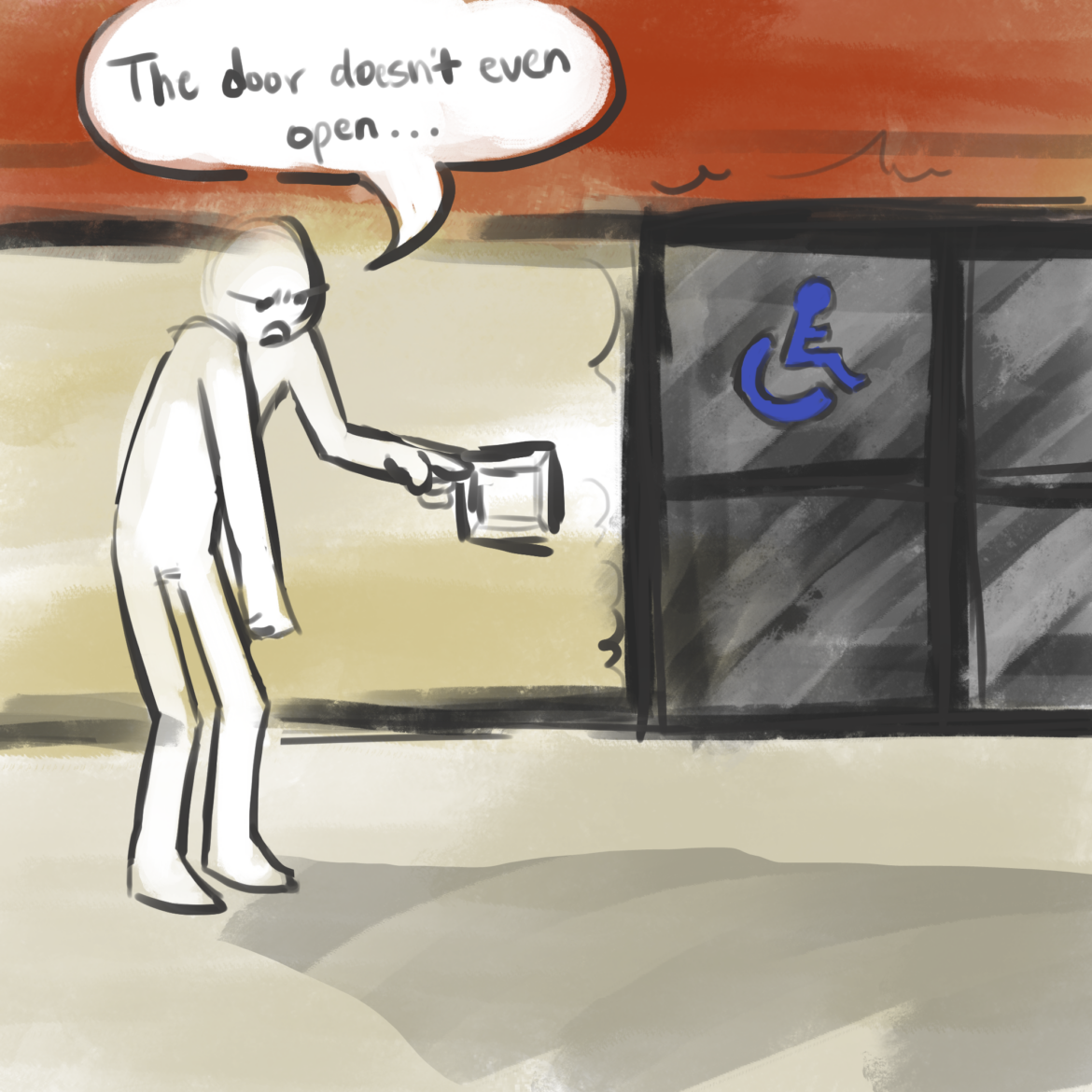The opinion pieces expressed in this publication, The Montclarion, are those of the author(s). They do not claim to reflect the opinions or views of the The Montclarion, other than Editorials written by The Montclarion Editorial Board staff.
College life is a whirlwind of challenges and successes for everyone. But for students with disabilities, the journey unfolds with an added layer of complexity.
With lecture halls that bear inaccessible seating and extracurricular activities focusing on academics or athletics, it can be hard for students with disabilities to carve out their place among the crowd. Their stories are as diverse as the obstacles they overcome.
Dealing with inaccessible infrastructure and advocating for inclusive classroom practices can take an emotional toll. According to a report by the National Center for Education Statistics, “college students with disabilities face higher rates of mental health challenges when compared to their non-disabled peers.” This can be partially attributed to the consistent challenges of an inaccessible culture.
Without the proper support necessary for success, students with disabilities are less likely to attain their degree and less likely to feel like they belong on campus.
The American Institutes for Research states, “46 percent of students with disabilities who graduated from high school enrolled in a postsecondary institution, and only 40 percent of those individuals completed their degrees or certificates within eight years.”
Supporting students with disabilities is more than just providing them with the accommodations they need to succeed. Building an accessibility culture on campus is essential to the support and success of students with disabilities.
Disability culture should extend beyond the University’s Disability Resource Center.
The question then becomes how schools can work to create a culture of accessibility on campus?
There are a wide variety of steps that can be taken to initiate this process, from accessibility training for all institution staff members, to simply ensuring that bathrooms within campus buildings are ADA compliant.
The culture of accessibility does not end with the institution’s faculty. The culture needs to be supported within the student body as well. Often there is a lack of social inclusion which results in students with disabilities participating in fewer extracurricular activities.
Offering a wide variety of clubs and activities of all activity and ability levels can make a difference in helping students with disabilities, and even those without, feel more represented and included at school.
Creating a truly inclusive environment for students with disabilities requires a multifaceted approach that involves both structural changes and cultural shifts within the campus community.
One crucial aspect is ensuring that physical infrastructure is accessible to all. This includes not only working door-openers and accessible restrooms but also making sure that all areas of campus are equipped to accommodate students with various disabilities.
Did you know that the girl’s ‘handicapped’ restroom in Blanton does not fit a wheelchair?
Fostering a culture of accessibility on campus goes beyond just meeting legal requirements or providing necessary accommodations. It is about creating an environment where students with disabilities feel valued, respected and fully integrated into the fabric of campus life.
This requires challenging stereotypes and unconscious biases, promoting empathy and understanding and actively working to dismantle barriers to inclusion.
Ultimately, creating a culture of accessibility on campus requires a collective effort from all members of the institution’s community: the students, faculty, staff and administrators.
By prioritizing inclusivity and proactively addressing the needs of students with disabilities, institutions can create an environment where every student has the opportunity to thrive academically, socially and personally.



